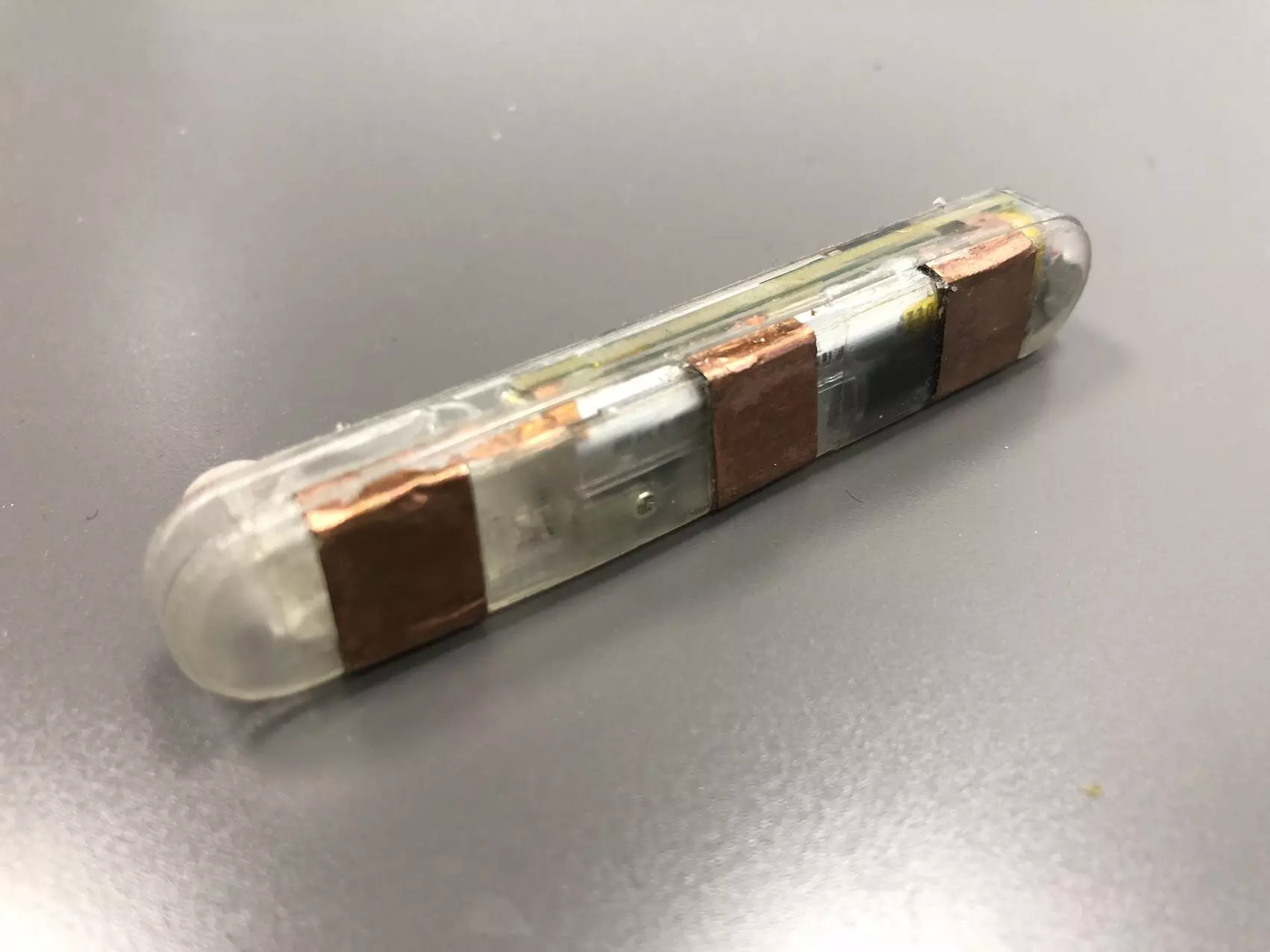The United States is grappling with an opioid epidemic that continues to wreak havoc on individuals, families, and communities. As the potency of illicit opioids, particularly fentanyl, intensifies, the need for timely and effective intervention strategies has never been more urgent. Naloxone, a well-known antidote for opioid overdoses, has proven effective in saving lives. However, its efficacy hinges on rapid delivery, often relying on bystanders who may or may not act in time. In a groundbreaking development, researchers have proposed an innovative solution: an implantable device designed to autonomously monitor vital signs and administer naloxone during an overdose event.
The iSOS Device: A Game Changer for Overdose Response
This new technology, referred to as the “iSOS” device, emerges from a collaborative effort between Brigham and Women’s Hospital and MIT, bringing together their expertise in emergency medicine and engineering. Unlike previous methods that require human intervention, the iSOS device provides a closed-loop system capable of detecting opioid overdoses and delivering life-saving medication without external prompts. In preclinical trials, this device has shown impressive capabilities, successfully detecting and reversing overdose situations in 24 out of 25 large animal subjects.
The automation aspect of the iSOS device could dramatically change the landscape of opioid overdose management. It continuously monitors critical indicators including respiratory rate, heart rate, and blood oxygen levels through advanced sensor technology. When signs of an overdose are detected, the device initiates a series of alerts, allowing the user to confirm or cancel the administration of naloxone via a linked smartphone application. If the user is unresponsive, the device autonomously delivers naloxone, acting swiftly to counteract the overdose.
Redefining Patient Safety and Autonomy
One of the standout features of the iSOS device is its ability to operate independently, a crucial consideration given that many individuals affected by opioid dependency often use substances alone, putting their lives at significant risk in the event of an overdose. Dr. Peter Ray Chai underlines the potential of this device, stating that while naloxone is indeed life-saving, the window for administration can often be unacceptably short. With the iSOS, the device serves as a proactive guardian, standing ready to act with precision at the most critical moments.
Furthermore, researchers envision the iSOS not merely as a personal safety device but also as an alert system for caregivers and emergency professionals. The prospect of integrating social notification features elevates its role from a solitary responder to a comprehensive support system.
A Key to Broader Acceptance and Accessibility
The size and design of the iSOS device also warrant attention. Measuring 8 mm x 12 mm x 78 mm, it is larger than a typical contraceptive implant but smaller than a subcutaneous cardiac defibrillator. Notably, its rechargeable battery lasts up to two weeks, and its refillable drug reservoir positions the device favorably for continuous use. These attributes may enhance user comfort and acceptance compared to traditional wearable devices, which hinge on being actively worn and thus present varied adherence challenges.
Dr. Giovanni Traverso points out that for those seriously motivated to combat their addiction, an implantable solution presents a promising pathway. Unlike wearables that can be forgotten or neglected, this subcutaneous device becomes an integral part of the individual’s health management, offering a reliable line of defense without complicating daily routines.
Future Directions in Combatting the Opioid Epidemic
Despite its promising features, the journey for the iSOS device is still in its infancy. Ongoing efforts focus on optimizing and miniaturizing the device further before advancing to human trials. The researchers are not only committed to refining the technology but are also conscious of the importance of understanding patient preferences. Gathering insights from end-users will enable the development team to make adjustments that could significantly enhance the device’s effectiveness and adherence.
The combination of highly sensitive monitoring capabilities and automated emergency interventions places the iSOS device in a unique position to potentially revolutionize the approach to opioid overdoses. With continued attention to development and a clear understanding of user needs, this innovation could play a monumental role in the future of opioid crisis intervention, giving individuals and communities a fighting chance against an enduring epidemic.

